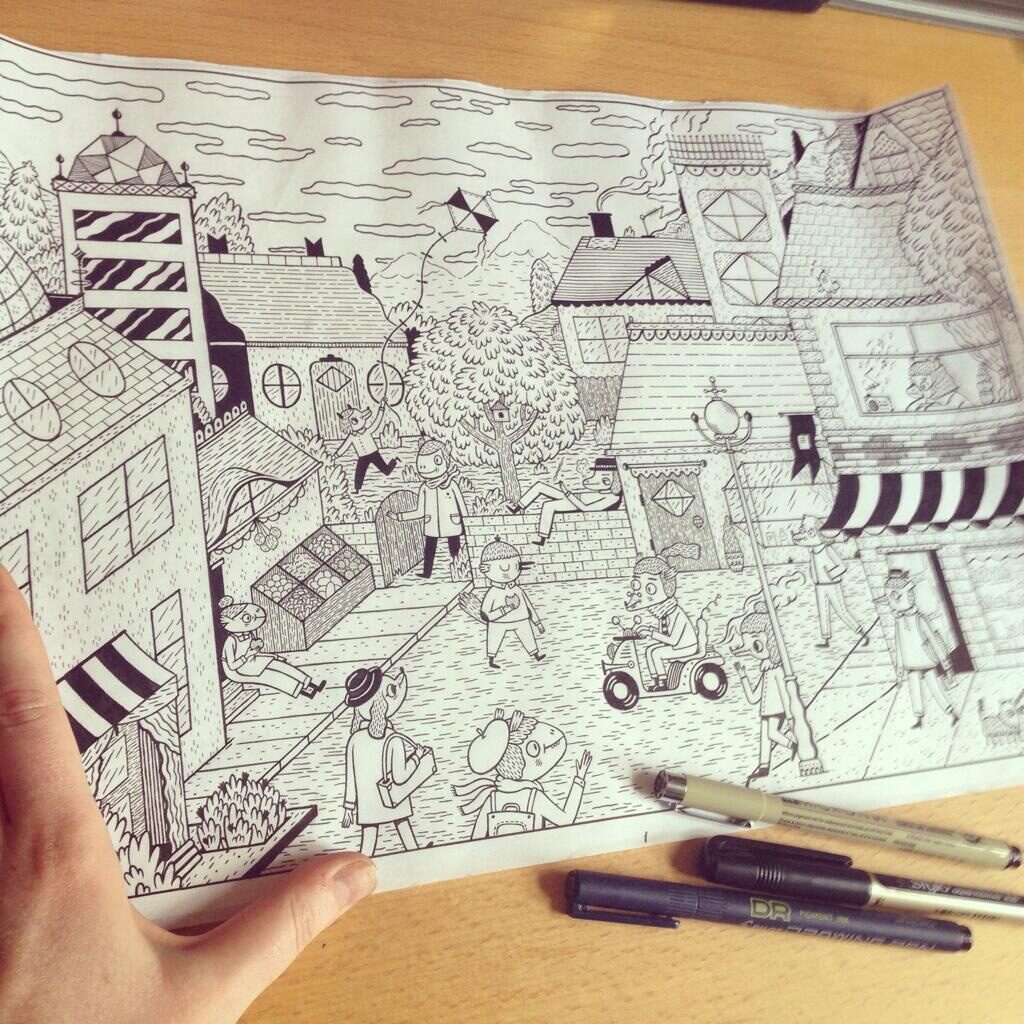Comics are an art form that any artist can learn how to draw. They can be found in many different forms such as comic strips, illustrated short stories, comic books or graphic novels and even web comics. Drawing comics is a popular way for artists to express themselves creatively like never before with the power of words, images and language. That Hollywood blockbuster might not have been shot by a comic artist but if it had their skills might well have helped ease the CGI-effects overload that populates many films today.
Use Reference and Draw from Life:
Reference is a very vital part of learning how to draw comics. There are many sources such as photographs, pictures and even videos that you can use to help you keep accurate proportion and detail while drawing your comic panel. These tips will make it easier for you when it comes time to draw the characters or panel layouts too. As with mỷeadingmanga watching manga is an extraordinary method for getting into it.
To draw more realistically, study the forms of bodies in motion which helps you understand anatomy and foreshortening. Most artists have a tendency to draw their subjects anatomically correct so that they appear more three dimensional on paper but if it doesn’t look right on paper then neither will it photograph well despite how much time went into drawing the piece with precision.
Sell your work:
Your comic would be a much better read if it was being sold on the news rack and it would be a lot more rewarding to your soul to know that people are reading your work and taking an interest in what you have to say as an artist.
The process of advertising, selling and distribution is one that most artists get confused with sometimes when drawing comics. If you could make a comic book cover, create a new story for your characters and draw one page for each then you could start submitting them for publication at local comic conventions or even e-mailing them directly to publishers like Darkhorse Comics or Top cow.com who buy original stories from artists from all over the world.
Draw with a Focus:
If you have a specific type of comic strip you want to draw then focus on your characters and their settings. Choose a story line that you are familiar with or have an interest in so that it doesn’t seem as though you’re just trying to throw together a quick one-off joke for readers.
Start every new panel, page and frame with a caption box. This is something that many artists neglect to do especially when starting out but it can be the difference between confusing your reader or helping them follow the story and become more interested in the plot of your comic strip.
Update your Portfolio Often:
No one is every going to see your portfolio if you don’t update it. Update it often so that new potential employers can see your recent work.
This is a guide on how to create and manage a portfolio of creative work. The article includes tips for refreshing and organizing existing portfolios, as well as setting up an online portfolio for the first time.Create a blog post about how to over come writer’s block, including what causes this problem, what you can do avoid it, and some tips for dealing with it when you’re afflicted with this issue.
Go to the Comic Conventions:
You have to go to the “CONs”. Go to all of them and meet the people. Don’t expect anything. Ask questions and listen to what they say.
When you go, go with a friend who is also looking for work in the Industry. There’s no shame in it helping someone else out, but always ask before taking them as your arm candy. xyz webtoon are blossoming with the web.
Connecting with other artists allows you to be inspired by their work and also can give you some ideas on how to start your own projects down the line.
Nobody wants to hire a young kid fresh out of college who hasn’t been around long enough yet.
Keep an Actual Sketchbook:
You can take notes in a notebook, but then many artist just end up forgetting about the ideas after a few months. That’s why you need to keep an actual sketchbook.
Create Double Page Spreads:
Don’t just work on one page at a time. Learn how to use the whole surface of the paper and create larger objects in your scenes to give it depth and texture.
These are not your average concept sketches. Sketch out scenes depicting a story or a whole page on an environment with either rough or finished line art. Also, you check Paskweb for Latest News.
Create your own characters and develop them as if you were writing them into short stories and comic book scripts.
Create Finished Art:
Don’t just sketch out your ideas and then stop. Take the time to actually finish them, especially if you plan on taking them to conventions and publishing them online.
This is what separates an “artist” from a “fan”. An artist will finish their work. A fan is someone who works on something for a few months, but then eventually stops when they feel they’ve achieved their own satisfaction with the art piece.
Beware of Artists who Sell:
There seems to be this new trend where artists are making their art available for sale at conventions, even though they aren’t professionals or even semi-professionals who can sustain themselves through the sales of their work.
